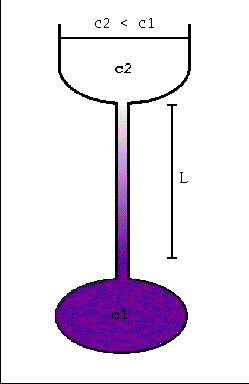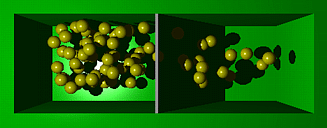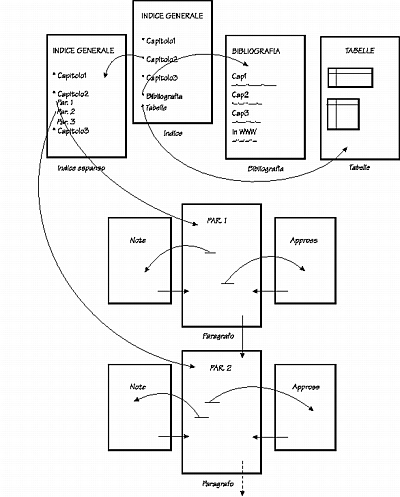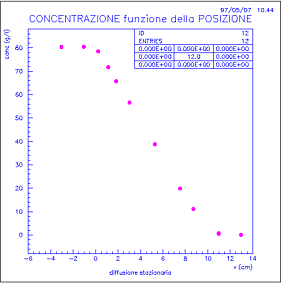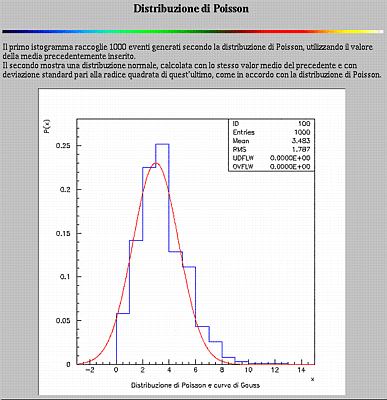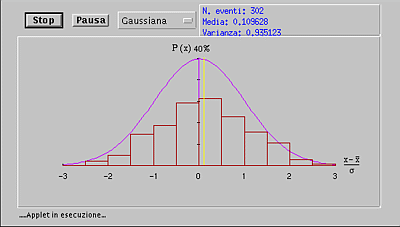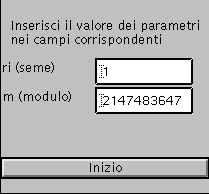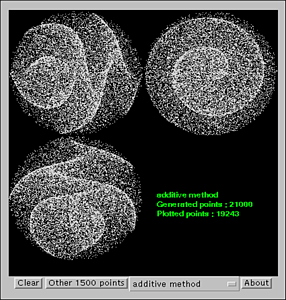We present the experimental aspect of the subject, but some theoretical notions are also given in order to permit the student to understand the phenomena and to favour a situation in which students are invited to interact. After a brief introduction in which some experimental evidences of the diffusion phenomena are described, the student can choose whether to follow the discussion from the macroscopical or microscopical point of view. It is underlined that the two points of view and the corresponding analyses are complementary and not opposite.
